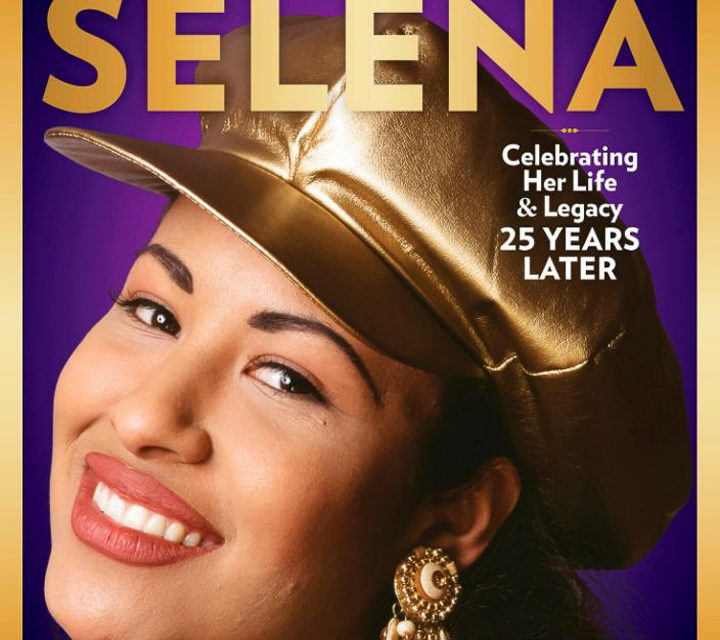Every American City has its favorite photographer who is able to produce revealing imagery that captures the mind and soul of its people, that documents the cultural attributes of its society, and that reveals the historical aspects of the region’s landscape. Large cities with diverse populations count on the expertise of numerous photographers to explore the nuances of their different population groups. Over the past fifty years San Antonio has been the beneficiary of one of the nation’s most talented and accomplished Latino photographers, Al Rendon. Al Rendon is one of the few U.S. Latino artists whose work has been collected by three Washington D.C. Smithsonian Museums: the Smithsonian National Museum of American History, the Smithsonian National Portrait Gallery, and the Smithsonian American Art Museum.
Rendon’s path to becoming a photographer dates back to his pre-teen years when his mother, who took all the family photos, passed on her camera to him as she became less confident of her eyesight. One Saturday morning Rendon wandered over to the Alamo after church service downtown on a day when a Hollywood crew was filming Viva Max. Rendon followed the local press crew as they took photos of the set and starring actors. His photo of Jonathan Winters rehearsing with Peter Ustinov before a scene is a favorite of this early work.
From the 1960s on, San Antonio’s music scene exploded. Major performers and bands of all varieties frequented the city on a regular basis. While attending Central Catholic High School in the early 1970s, Rendon’s interest in photography expanded He joined the yearbook staff and covered music concerts on the weekends. He earned enough money from his high school years to attend college. However, he decided to postpone college and instead work full-time as a photographer.
When San Antonio’s Guadalupe Cultural Center hired a photographer in 1985 to cover their cultural events and the Conjunto Festival, they recruited Rendon. Rendon recalled that working with the Guadalupe Cultural Arts Center reintroduced him to his Latino roots. He told Kathleen Franz of the National Museum of American History: “Before I knew it, that’s what I wanted to do. I wanted to document Hispanic culture.”
Rendon’s coverage of Tejano music led to several exciting opportunities in the early 1980s. The enterprising photographer met Selena during a time when her band was performing mostly in South Texas and charging between $300 to $600 per gig. The music world for Selena changed after she won Female Vocalist of the Year honors at the Tejano Music Awards in 1988. Rendon was there to capture that moment for the seventeen-year old star.
In 1992, the recording company Capitol Records EMI Latin had a problem—no one liked the photos proposed for a new album due in the stores that spring. Selena, the newly crowned Queen of Tejano Music, recalled Rendon’s great photos of her and her band of earlier years. Thus, the San Antonio photographer got his big break to work with Selena for the cover of her upcoming album, Entre a mi Mundo (Come into my World).
On a cold winter day, Selena’s bus pulled up to the studio that Rendon had rented for this emergency photo shoot. Selena’s band was on its way to a venue, and there wasn’t much time. Rendon remembered that Selena came to the studio with only her family. She brought along several outfits she had designed herself. Rendon could not have known at the time, but this album would be her breakthrough creation. Her songs recorded in Entre a mi Mundo included the influence of R&B, pop, and disco, but also reflected her personal style of Colombian cumbias.
Rendon’s association with Selena opened other doors for the young photographer. When the Hispanic advertising agency Sosa, Bromley, Aguilar & Associates garnered the Coca Cola contract in the early 1990s to feature Selena in their Coke ads, they chose Rendon for the photo shoot. The Sosa firm knew of Rendon’s work and were well aware that he had good rapport with Selena. Over the next several years, Selena became one of Coca Cola’s most popular product promoters. Rendon’s numerous Coke images of Selena are now in the National Portrait Gallery in Washington, D.C.
The recent publication of the book San Antonio: City on a Mission by Henry G. Cisneros and Catherine Nixon Cooke demonstrate Rendon’s understanding of San Antonio’s favorite sights. Rendon’s photographs of the city and its “Many Colors” begin on page 108 and continue to page 193, a vibrant exploration of the culture and traditions of a rich city in 85 beautiful pages. More than 100 photos highlight the city’s many colorful festival events, its iconic citizens, and the area’s historical structures of centuries past.
In a world where San Antonio’s images are recorded by the thousands by tourists and locals alike, Rendon’s imagery stands out. The city’s most photographed icons of the Alamo and World Heritage Missions require the eye of a consummate professional. Rendon is that and more. His studio and home in Southtown near Hemisfair Park allow him quick access to San Antonio’s downtown that he visits almost daily. His familiarity with the bustling urban centers and the quiet rural edges of the city make him the ideal professional photographer of Fiesta, the Mexican Charreada, Hardberger Park, the San Antonio River and Riverwalk, and the five historic Spanish missions.
Al Rendon’s photography exemplifies the character and essence of San Antonio and is a treasure for future generations. In September of 2023 the Witte Museum will present a retrospective of Al Rendon’s work over the past 50 years. Rendon is currently culling through thousands of his photographs to select his favorites for this exhibit.
Al Rendon: A Highly Acclaimed Latino Photographer









